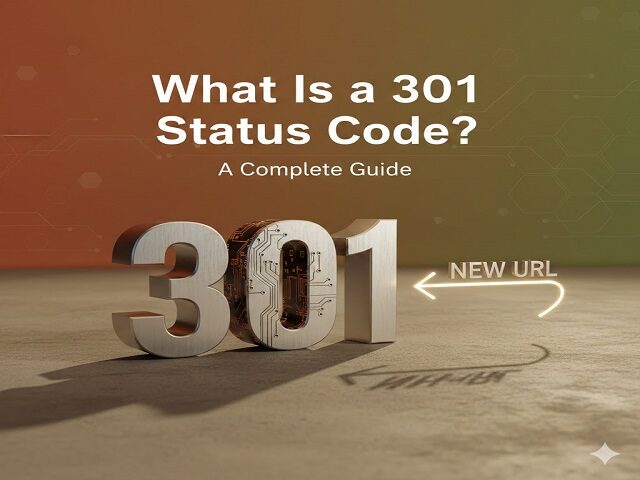Web communication relies on one key element — clarity between the browser and server. A response code is returned in the background whenever a user interacts with a website. These codes, known as HTTP status codes, tell you whether the request was successful, if there was an error, or if further action is required. Whether you’re a developer, SEO specialist, or digital marketer, understanding these codes is essential for optimizing site performance and diagnosing issues.
This guide simplifies all standard HTTP status codes into clear, easy-to-understand categories, offering a practical reference for technical and non-technical users.
What Are HTTP Status Codes?
HTTP status codes are three-digit numbers that indicate the result of a server’s attempt to process a client’s request. These codes are divided into five categories based on their function:
Each category serves a unique purpose and can impact site behavior, user experience, and SEO.
Key Categories of HTTP Response Codes
1xx Informational Responses
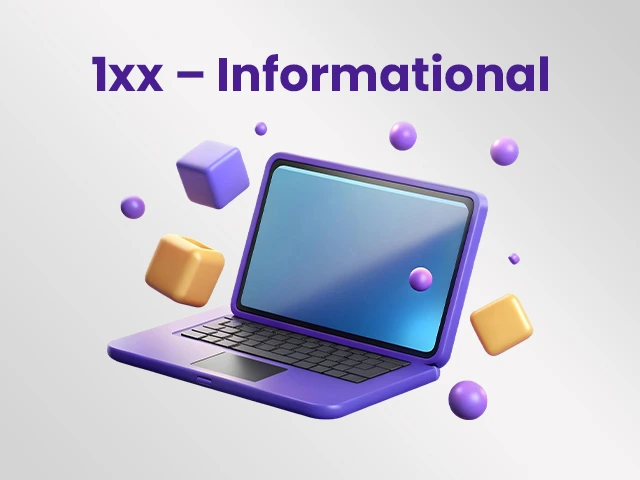
These codes indicate that the request was received and the process is continuing.
- 100 Continue – Request received; client can proceed.
- 101 Switching Protocols – Server is changing protocols as requested.
- 102 Processing – Server has received the request but has not completed processing.
2xx Success

This class of codes confirms that the client’s request was successfully received, understood, and accepted.
- 200 OK – Request succeeded.
- 201 Created – A new resource has been created.
- 202 Accepted – Request accepted but not yet processed.
- 203 Non-authoritative Information – Information returned from a third-party source.
- 204 No Content – Request successful but no content to return.
- 205 Reset Content – Request successful; client should reset the document view.
- 206 Partial Content – Partial data returned due to a range header.
- 207 Multi-Status- Many Status Code for many resources.
- 208 has already been reported – already previously repeated items were reported.
- 226 IM Used – the server has fulfilled the request using an example.
3xx Redirection
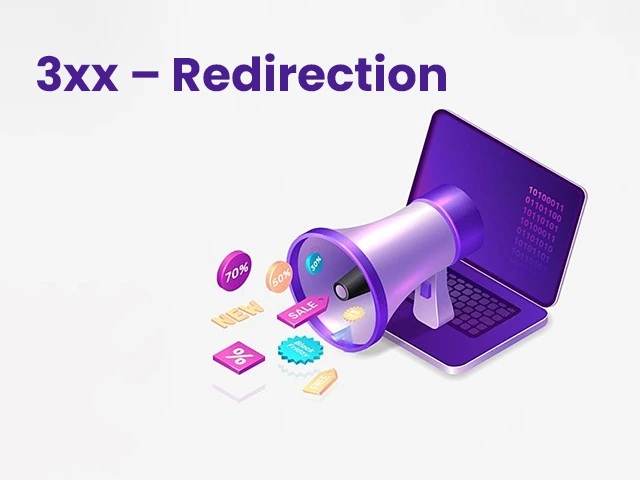
These codes signal that further action is needed to complete the request, typically involving redirection.
- 300 Multiple Choice – Multiple response options available.
- 301 Moved Permanently – Resource has been moved permanently.
- 302 Found – Resource temporarily moved to a different URI.
- 303 See Other – Response can be found under a different GET URI.
- 304 Not Modified – Resource not modified since the last request.
- 305 Use Proxy – Must use a proxy to access the resource.
- 307 Temporary Redirect – Temporarily redirected; method not changed.
- 308 Permanent Redirect – Permanently redirected; method retained.
4xx Client Errors
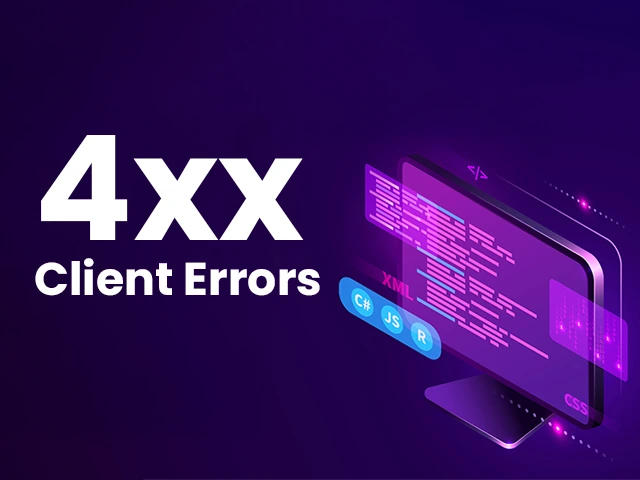
These codes reflect issues from the client-side, such as invalid syntax or unauthorized access.
- 400 Bad Request – The server couldn’t understand the request (a key status code 400).
- 401 Unauthorized – Authentication required.
- 402 Payment Required – Reserved for future use.
- 403 Forbidden – Server refuses to fulfill the request.
- 404 Not Found – Requested resource not found.
- 405 Method Not Allowed – HTTP method not supported.
- 406 Not Acceptable – Requested resource not acceptable by the client.
- 407 Proxy Authentication Required – Client must authenticate with a proxy.
- 408 Request Timeout – Client took too long to send a request.
- 409 Conflict – Conflict with the current resource state.
- 410 Gone – Resource no longer available.
- 411 Length Required – Content length required in the request.
- 412 Precondition Failed – Precondition given in the request failed.
- 413 Payload Too Large – Request entity is too large.
- 414 Request-URI Too Long – URI exceeds maximum length.
- 415 Unsupported Media Type – Media type not supported by the server.
- 416 Requested Range Not Satisfiable – Range requested can’t be fulfilled.
- 417 Expectation Failed – Server can’t meet the expectations specified.
- 418 I’m a teapot – Joke status from April Fools’ RFC.
- 421 Misdirected Request – Request sent to the wrong server.
- 422 Unprocessable Entity – Syntax is correct, but unable to process.
- 423 Locked – Resource is locked.
- 424 Failed Dependency – Request failed due to a previous failure.
- 426 Upgrade Required – Client must switch to a different protocol.
- 428 Precondition Required – Server requires certain conditions.
- 429 Too Many Requests – Client sent too many requests quickly.
- 431 Request Header Fields Too Large – Headers are too large to process.
- 444 Connection Closed Without Response – Server closed connection with no response.
- 451 Unavailable For Legal Reasons – Content blocked due to legal demands.
- 499 Client Closed Request – Client closed connection before server responded.
5xx Server Errors
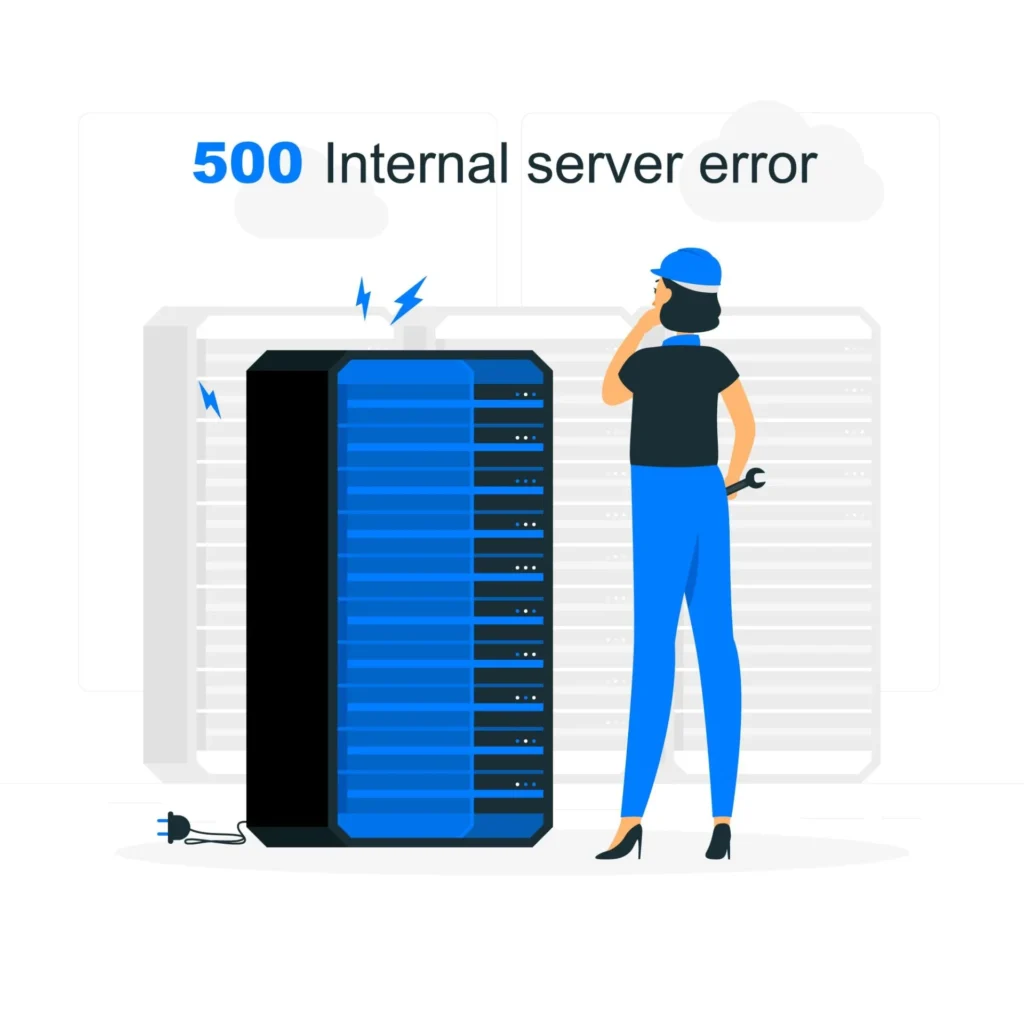
These codes indicate that the server failed to fulfill a valid request.
- 500 Internal Server Error – Generic server failure without a clear explanation.
- 501 Not Implemented – Server doesn’t support the requested method.
- 502 Bad Gateway – Server received an invalid response from an upstream server.
- 503 Service Unavailable – Server is temporarily down due to overload or maintenance (a major 503 service unavailable code).
- 504 Gateway Timeout – The server didn’t get a response on time.
- 505 HTTP Version Not Supported – HTTP version not supported by the server.
- 506 Variant Also Negotiates – Content negotiation caused an error.
- 507 Insufficient Storage – The server has low storage space.
- 508 Loop Detected – Infinite loop of request processing detected.
- 510 Not Extended – Extensions to the request are needed.
- 511 Network Authentication Required – Client needs to authenticate to use the network.
- 599 Network Connect Timeout Error – Network connection timed out.
These HTTP response codes are useful in precisely identifying what went wrong on the server side, allowing for faster resolution and a better user experience.
Using API Status Codes for Better Error Handling
API status codes are vital in error handling and debugging when building web services or applications. Standardized responses help front-end developers and testers identify whether the issue is on the client, server, or within the API gateway. Using 4xx and 5xx codes ensures better communication and improves application resilience.
Why Status Codes Matter for SEO and User Experience
From an SEO standpoint, status codes directly affect crawlability, indexing, and page experience. Frequent 5xx errors may lead to deindexing, while excessive 404s signal poor user experience. Monitoring your site’s HTTP response codes using tools like Google Search Console or server logs can prevent significant drops in search visibility.
Properly implementing 3xx redirection codes can also help preserve link equity during site migrations or URL restructuring.
Understanding and using the HTTP status code correctly is crucial for web developers, marketers, and IT teams. They show how your site communicates with users and search engines. Whether it is a status code 400, a 503-service unavailable notice, or a series of API status codes, each reaction tells a story.
For businesses aiming to optimize digital performance, working with an experienced SEO company in India can ensure that status codes are strategically handled to maintain both user satisfaction and search engine trust. Mastery in this language helps deliver a seamless digital experience, rapid diagnosis, and strong SEO performance.
Frequently Asked Questions
Q: What are HTTP status codes?
A: HTTP status codes are standardized responses from a server to a client’s request on the web. They indicate whether a request was successful, if there was an error, or if further action is needed.
Q: What does the 503 Service Unavailable status code mean?
A: The 503 Service Unavailable code indicates that the server is temporarily unable to handle the request, often due to overload or maintenance.
Q: What is Status Code 400?
A: Status Code 400, or “Bad Request,” means the server could not understand the request due to invalid syntax.
Q: Why are API status codes important?
A: API status codes help developers understand the success or failure of API requests, enabling faster troubleshooting and better application performance.
Q: How do HTTP response codes impact user experience?
A: HTTP response codes directly affect how users interact with a website — for example, frequent errors like 404 or 503 can lead to poor user trust and increased bounce rates.

